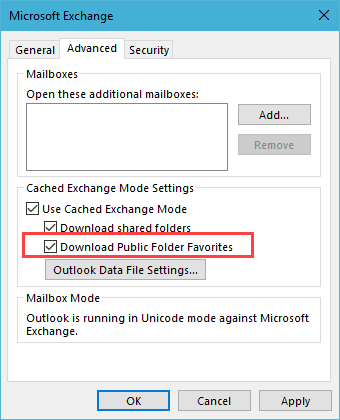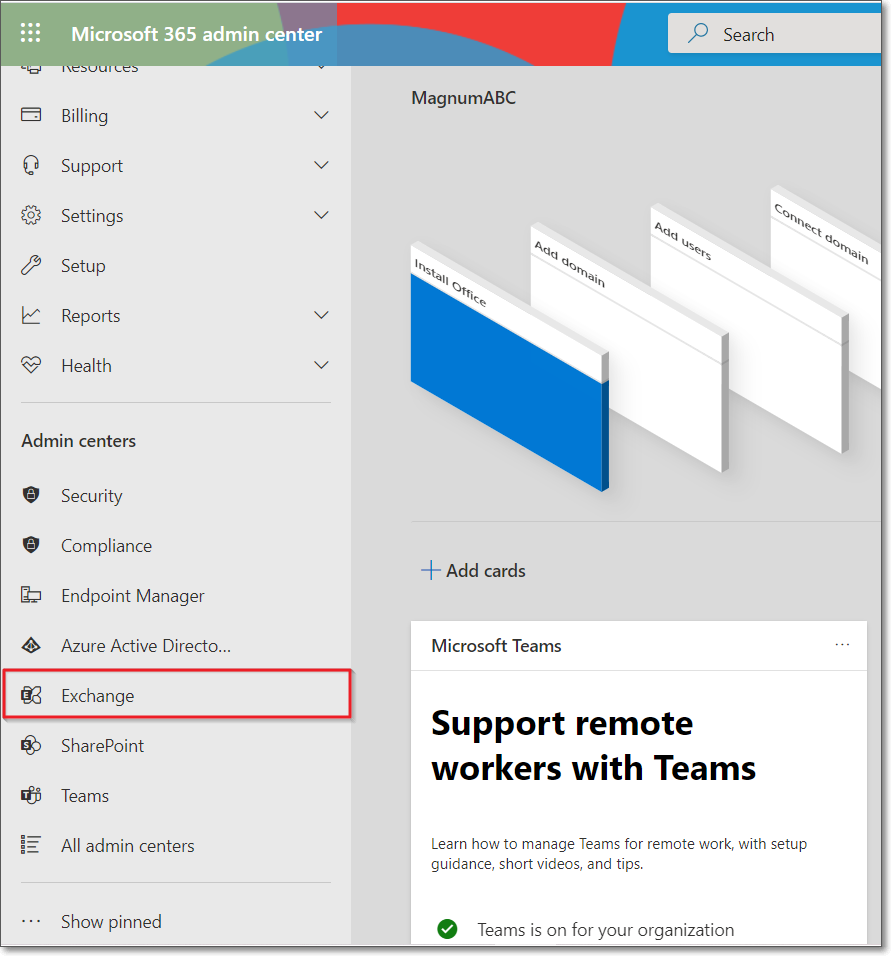

- Convert exchange public folder into a shared mailbox archive#
- Convert exchange public folder into a shared mailbox full#
NOTE: Retention policies are not supported for public folder mailboxes.Īs we no longer have a Public Folder Management Console, either we have to use Exchange Management Shell or Exchange Administration Center to create and manage the PF mailboxes.

When any changes with PF Hierarchy will redirect to the Master Hierarchy PF Mailbox and then it replicates to all other PF Mailboxes. Secondary hierarchy mailboxes: Any Public Folder mailboxes created later called as Secondary hierarchy mailboxes, these mailboxes will be read-only copy of the Hierarchy. Primary hierarchy mailbox: When a first public folder mailbox is created, it will become Primary hierarchy mailbox (Public Folder Master Hierarchy Mailbox) and this will be the only writable copy of the Public Folder Hierarchy. High availability for the public folder mailboxes is provided by a database availability group (DAG)Īs already discussed, In Exchange 2016, we have public folder mailboxes instead of PF database and we there are two types of Public Folder Mailboxes as below: This also means that there’s no longer a public folder database as there was in earlier version of Exchange 2013. Public folder architecture uses specially designed mailboxes to store both the public folder hierarchy and the content. Similar to Exchange server 2013, Exchange server 2016 public folders use a mailbox infrastructure to take benefit of the present high availability and storage technologies of the mailbox database. Document sharing and collaboration: PFs does not provide any document management features such as check-in and check-out functionality and automatic notifications for the content change.
Convert exchange public folder into a shared mailbox archive#
Convert exchange public folder into a shared mailbox full#
Users can access the full hierarchy of public folders in Outlook, which makes easier to access the content on it.

Public folders are intended for the shared access in order to share the information within the organization in an effective way.


 0 kommentar(er)
0 kommentar(er)
